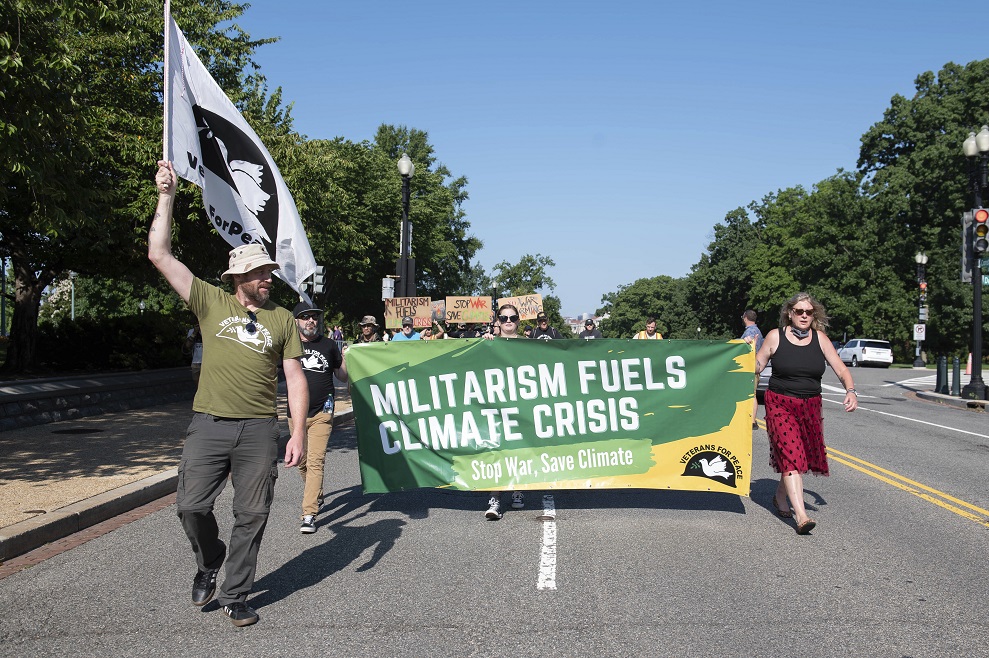
Not long ago, I couldn’t step outside my home without pulling on my KN95 mask.
As smoke from wildfires in Canada swept in waves across the U.S., tens of millions of Americans from the East Coast to the Midwest found themselves living under severe air quality advisories. Phones buzz with warnings as wildfire haze clouds our skylines and concerts and baseball games are canceled or postponed.
A few weeks ago was the first time I experienced a Code Purple or Code Maroon—and the first time I understood what an Air Quality Index (AQI) of over 300 truly means as my eyes stung from the charred air. It’s unlikely to be the last.
With the wildfire season still going strong, heat waves rolling across the country, and hurricane season looming, we haven’t seen the last disruption to our lives this year. And it’s becoming abundantly clear that we simply aren’t prepared for climate disasters.
Most of us understand that we urgently need to transition away from fossil fuels. But what many Americans don’t realize is that a huge share of our tax dollars are actually funding the most carbon-intensive institution on the planet: the U.S. military.
The U.S. military is the largest institutional oil consumer in the world. In fact, the Pentagon’s ships, jets, bombers, and Humvees—and its global network of over 800 bases, all with buildings to heat, cool, and maintain—produce more carbon emissions each year than entire countries like Sweden, Denmark, and Portugal.
Under President Biden’s Inflation Reduction Act and other new laws, the U.S. is expected to spend about $50 billion per year on climate for the next decade. But these welcome investments are dwarfed by much bigger spending on our polluting military.
The Biden administration requested a whopping $886 billion military budget for 2024. In the wake of the debt deal recently passed by Congress, that number may actually still increase. We’re steadily approaching an annual outlay of $1 trillion for the Pentagon alone, while other programs to regulate pollution or address its health impacts could see cuts.
The need to transition away from fossil fuels is urgent. I worry that a few days of unpleasant walks from wildfire smoke will turn into something much worse for families, workers, and future generations. For many frontline communities in this country, it already is.
We need to get our priorities straight by pulling away from fossil fuels and our bloated military spending. Instead, let’s put our resources towards protecting our people and the environment.
Institute for Policy Studies
We hope you appreciated this article. At People’s World, we believe news and information should be free and accessible to all, but we need your help. Our journalism is free of corporate influence and paywalls because we are totally reader-supported. Only you, our readers and supporters, make this possible. If you enjoy reading People’s World and the stories we bring you, please support our work by donating or becoming a monthly sustainer today. Thank you!










